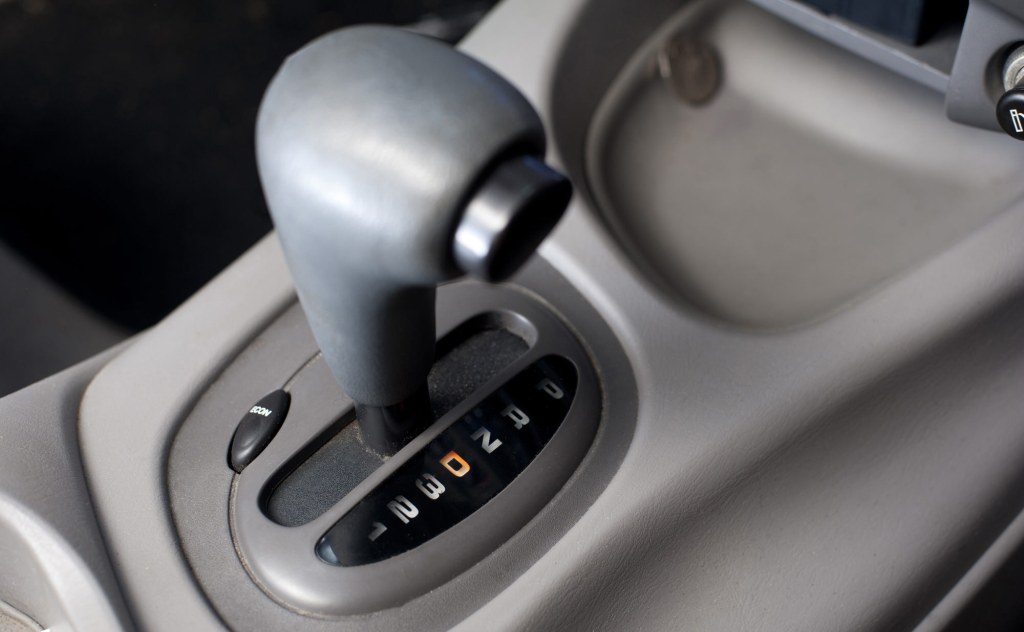Mastering The Art Of When To Use Low Gear In An Automatic Car: Unleash The Power And Achieve Optimal Performance!
When to Use Low Gear in an Automatic Car
Introduction
Welcome, Car Enthusiast, to our article on when to use low gear in an automatic car. As a car lover, it’s important to understand the different gears and when to utilize them for optimal performance and safety. In this article, we will explore the reasons behind using low gear, the advantages and disadvantages, and provide you with a comprehensive guide on how to make the most of your automatic transmission.
1 Picture Gallery: Mastering The Art Of When To Use Low Gear In An Automatic Car: Unleash The Power And Achieve Optimal Performance!

Table: When to Use Low Gear in an Automatic Car
Gear
Usage
Low (L)
Steep uphill or downhill driving, towing heavy loads, off-roading

Image Source: parksidemotors.ca
Drive (D)
Regular driving conditions, highway cruising
Neutral (N)
Coasting or when the engine is off
Reverse (R)
Backing up the vehicle
Park (P)
Engaging the parking brake and securing the vehicle
What is Low Gear in an Automatic Car?
Low gear, also known as L or Low, is a gear setting in automatic transmissions that provides maximum power and torque to the wheels at lower speeds. It is designed for specific driving conditions that require extra power, such as steep uphill or downhill driving, towing heavy loads, or off-roading.
Who Should Use Low Gear?
Low gear is suitable for drivers who frequently encounter steep inclines or declines, engage in towing activities, or venture off-road. It allows the vehicle to maintain a steady speed and prevents excessive strain on the transmission.
When to Use Low Gear?
Low gear should be used when driving on steep uphill or downhill slopes to ensure better control and prevent the transmission from overheating. It is also recommended when towing heavy loads to enhance stability and reduce stress on the transmission.
Where to Use Low Gear?
Low gear is primarily used in challenging terrains, such as mountainous areas or off-road trails, where maintaining control and stability is crucial. Additionally, it is beneficial when driving in congested urban areas with frequent stop-and-go traffic.
Why Use Low Gear?
Using low gear in specific driving situations offers several advantages. It provides better engine braking, preventing the vehicle from gaining excessive speed while descending steep slopes. It also reduces strain on the brakes, prolonging their lifespan. Additionally, low gear enhances traction and control, especially on slippery surfaces or loose terrain.
How to Use Low Gear?
To engage low gear, shift the gear lever to the L or Low position. The transmission will then hold the lower gears for increased power and torque. When descending a steep hill, use a combination of low gear and gentle braking to maintain a controlled speed. Remember to shift back to Drive (D) or a higher gear when the driving conditions return to normal.
Advantages and Disadvantages of Using Low Gear
Advantages:
Improved control and stability in challenging terrains
Better engine braking, reducing reliance on the brakes
Enhanced traction on slippery or uneven surfaces
Reduced strain on the transmission while towing heavy loads
Prevents the transmission from overheating
Disadvantages:
Potentially higher fuel consumption
Increased engine noise at higher RPMs
Slower acceleration compared to higher gears
May cause unnecessary wear and tear on the transmission if used improperly
Not suitable for regular driving conditions
Frequently Asked Questions (FAQs)
1. Can I use low gear for regular city driving?
No, low gear is not intended for regular city driving. It should only be used in specific situations as mentioned earlier.
2. Will using low gear improve my fuel efficiency?
No, using low gear may actually increase fuel consumption due to higher engine RPMs and increased drag.
3. Can I shift directly from Drive (D) to Low (L)?
Yes, you can shift directly from Drive (D) to Low (L) when the driving conditions require it. However, always follow the manufacturer’s recommendations.
4. Is it necessary to use low gear when towing a small trailer?
Using low gear when towing a small trailer is not always necessary. It depends on the weight of the trailer and the terrain you are driving on. Consult your vehicle’s manual for specific towing recommendations.
5. Can using low gear damage my transmission?
Using low gear improperly or for extended periods may cause unnecessary wear and tear on the transmission. It is important to follow the manufacturer’s guidelines and only use low gear when necessary.
Conclusion
In conclusion, knowing when to use low gear in an automatic car is essential for maintaining control, preventing transmission overheating, and enhancing performance in specific driving conditions. By understanding the advantages and disadvantages, you can make informed decisions to optimize your driving experience and ensure the longevity of your vehicle. Remember to always consult your vehicle’s manual for specific recommendations and drive safely.
Final Remarks
Car Enthusiast, we hope this article has provided you with valuable insights into when to use low gear in an automatic car. It is imperative to use low gear judiciously and within the manufacturer’s guidelines to avoid any potential damage to your transmission. Drive responsibly and enjoy the journey!
This post topic: Used Car



